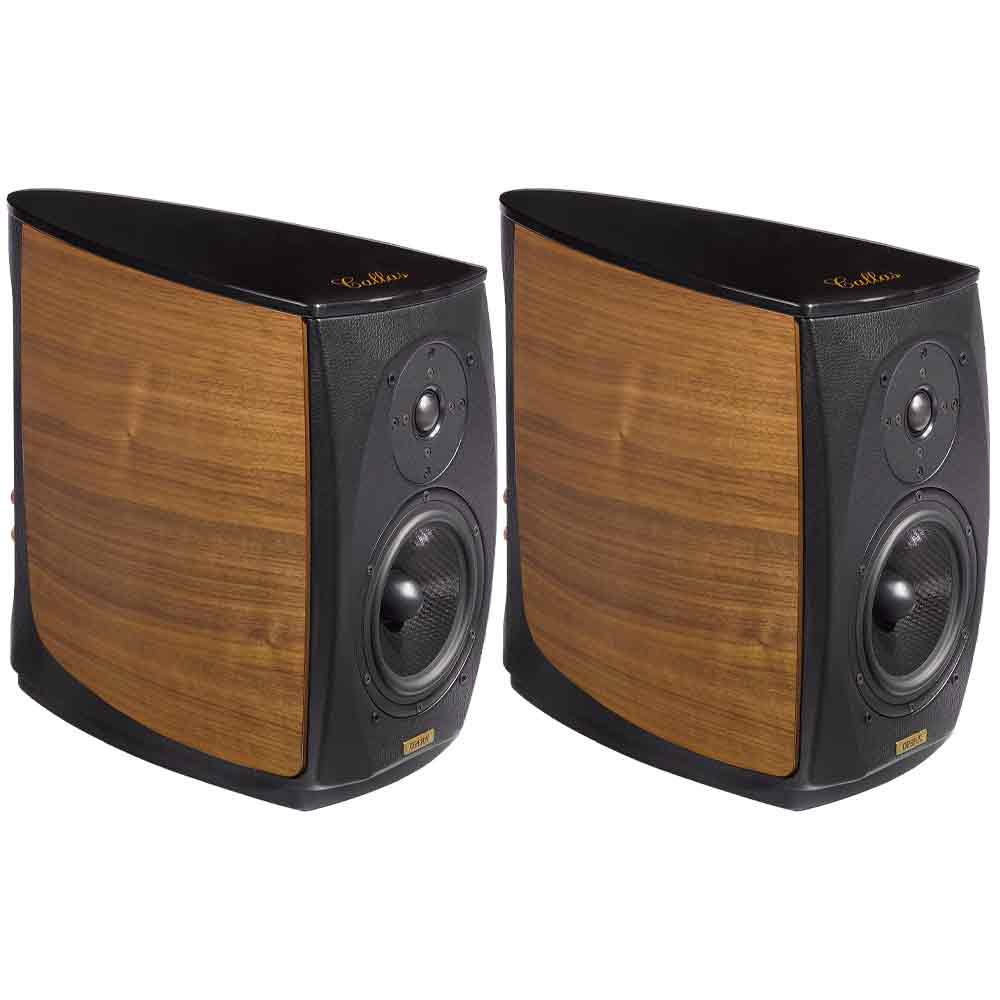
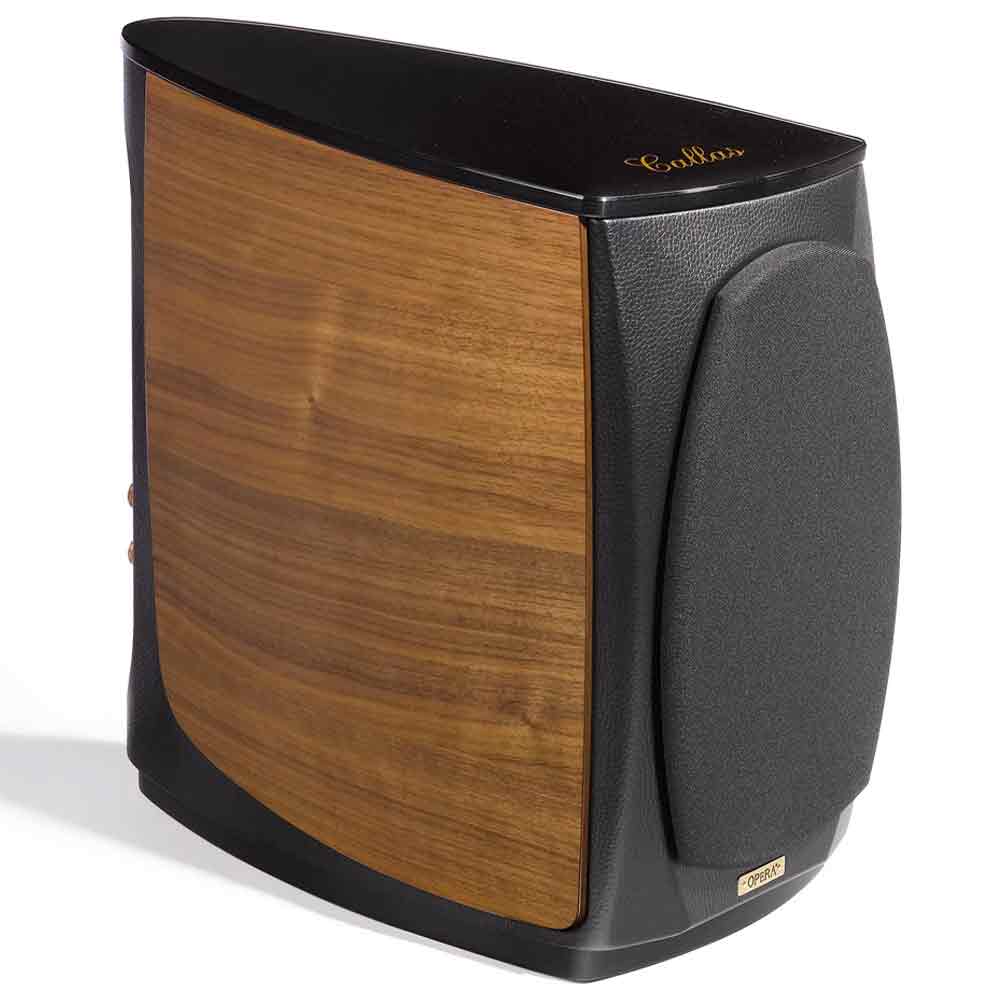
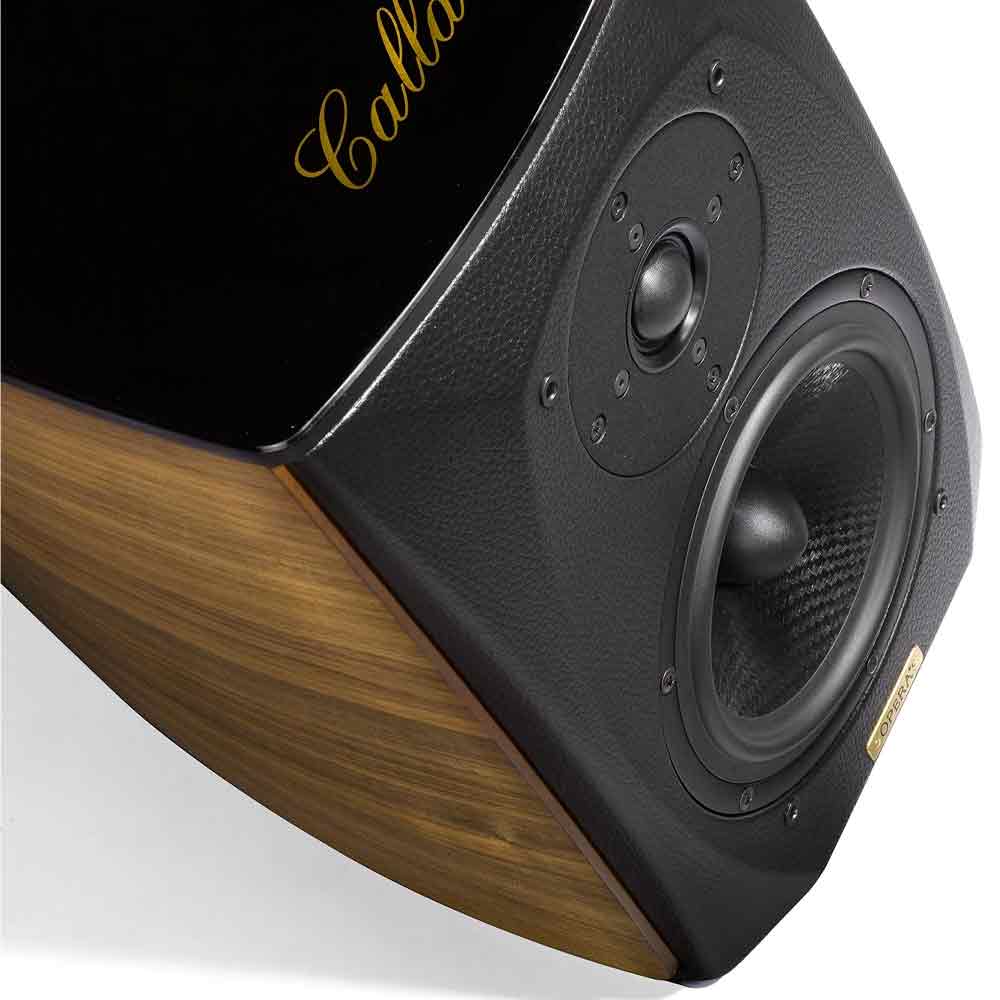
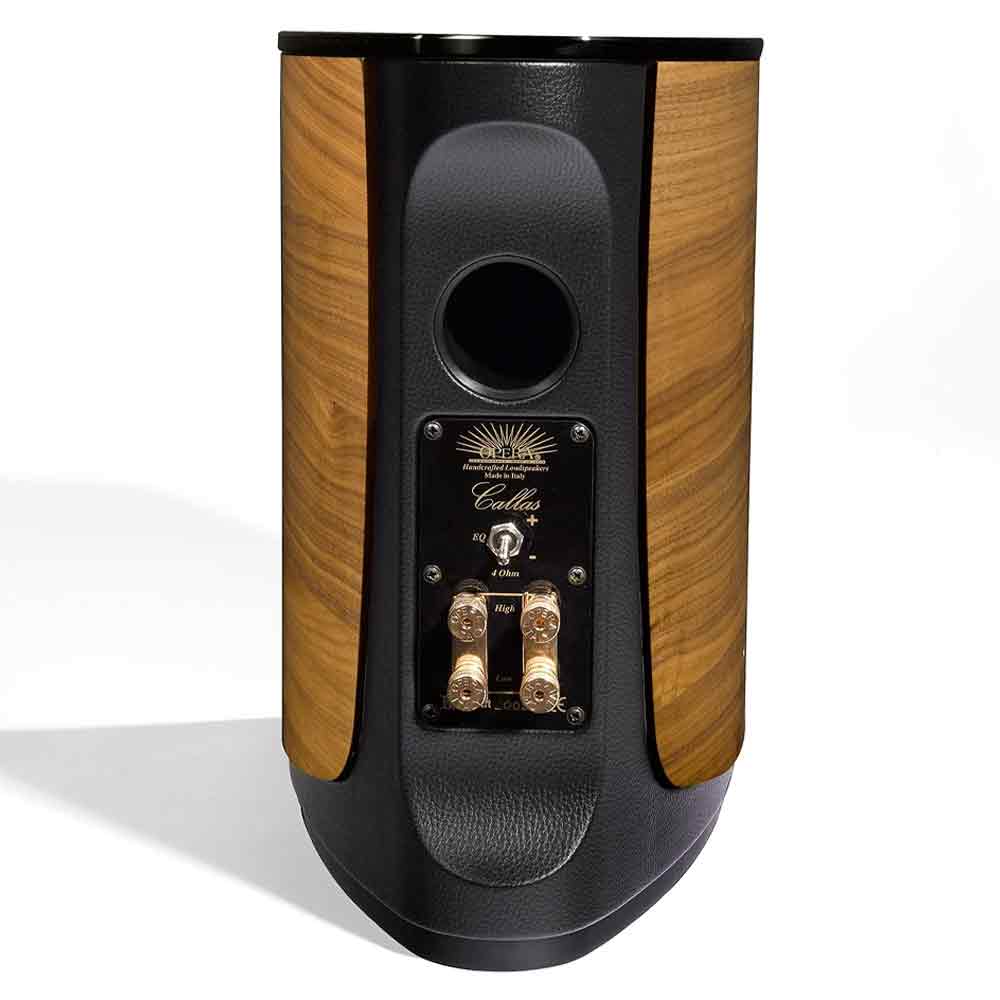
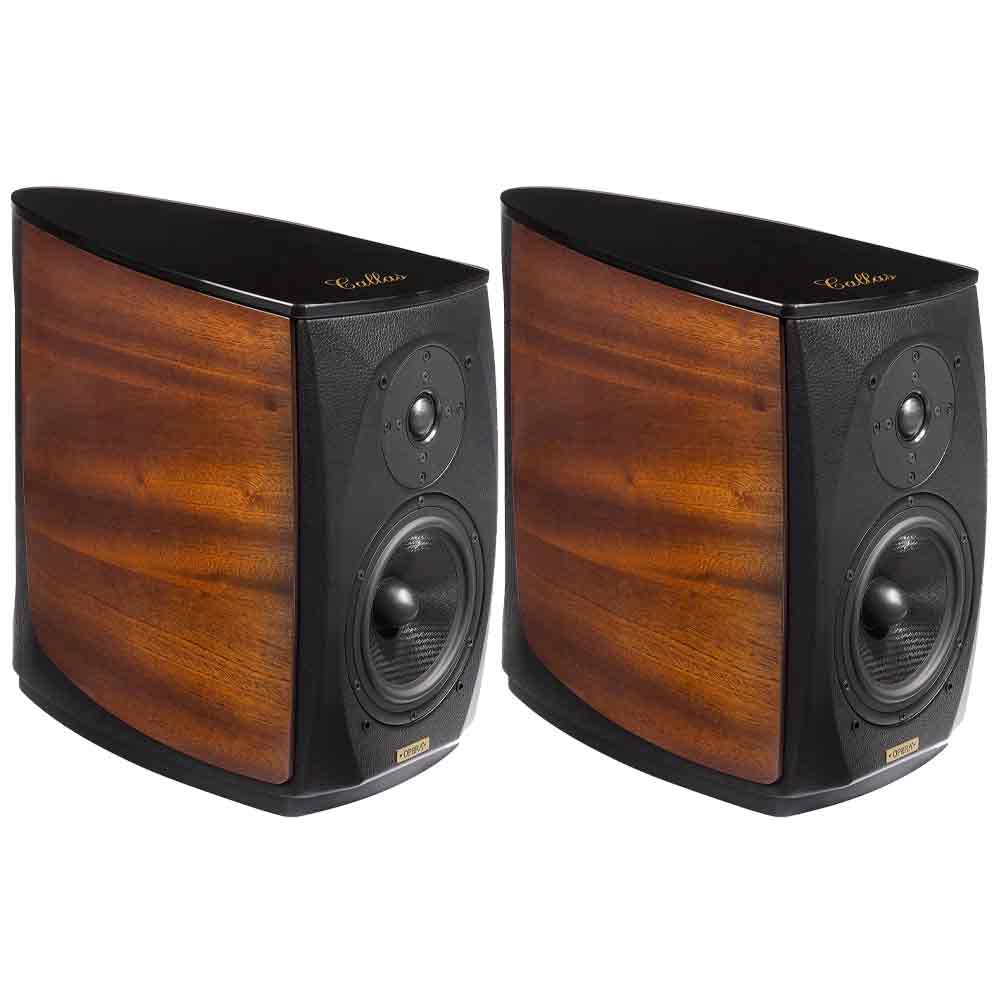
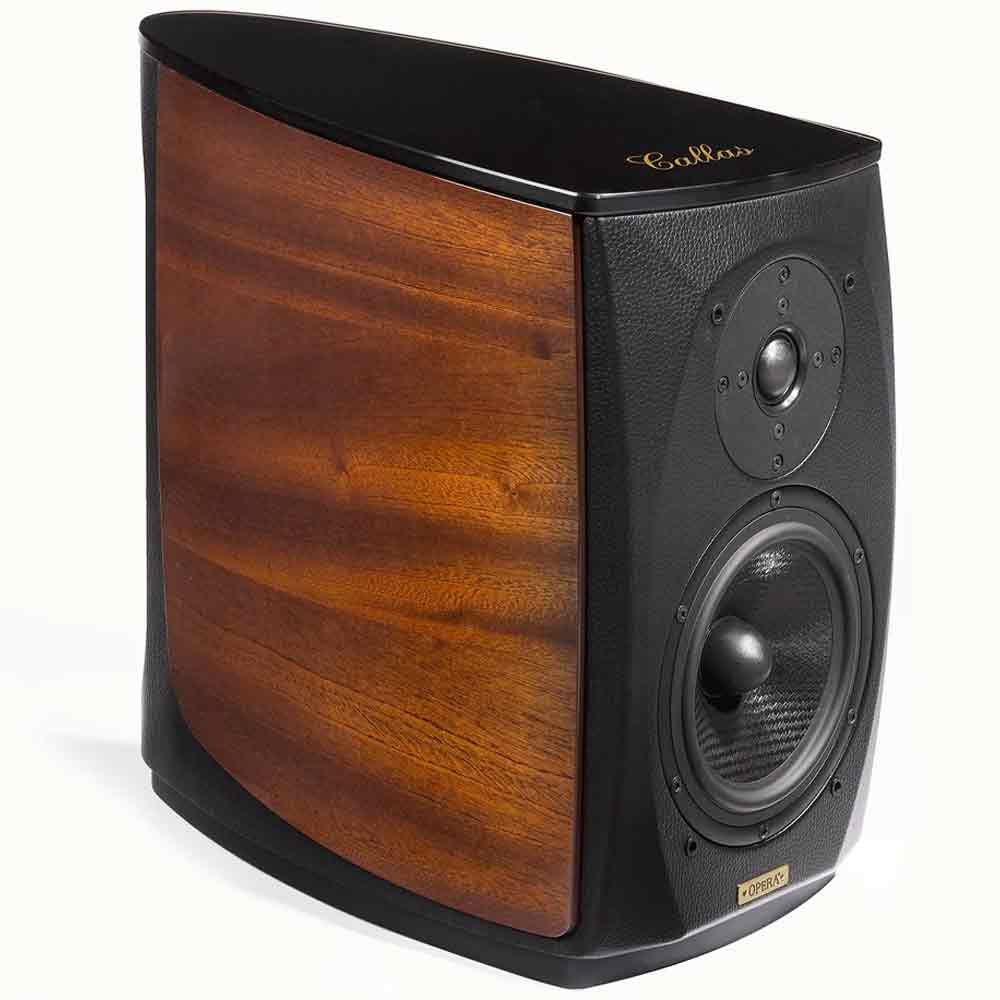
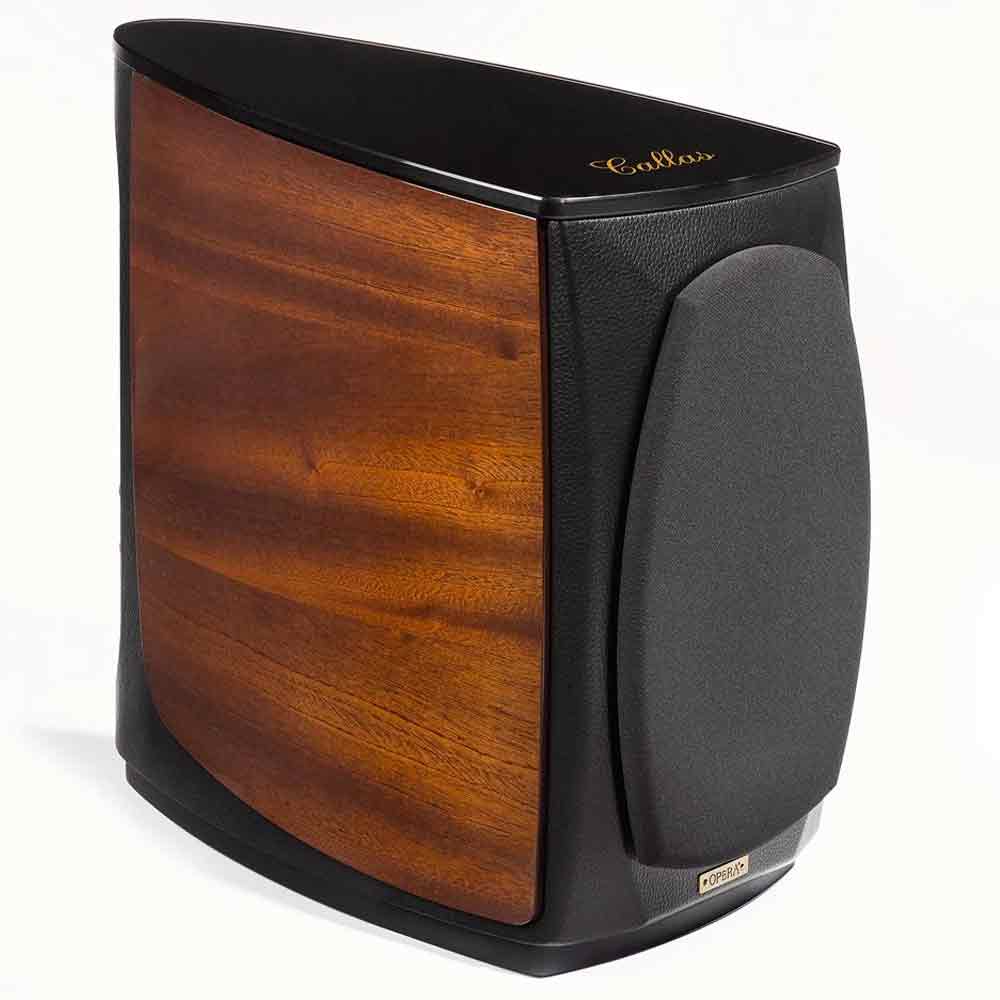
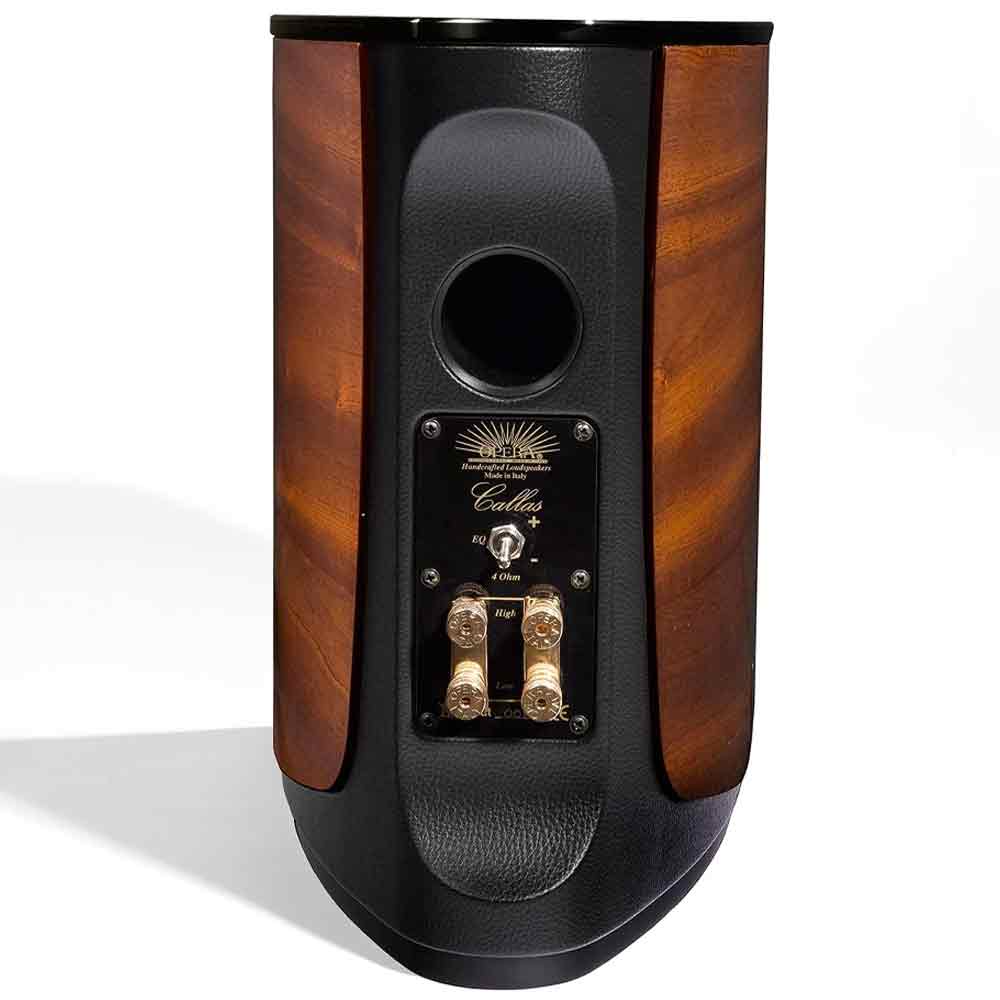
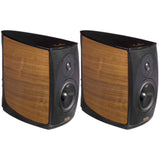
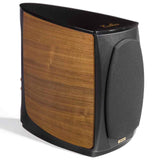
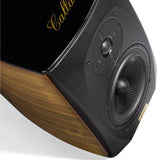
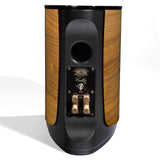
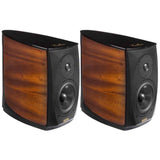
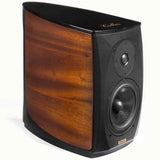
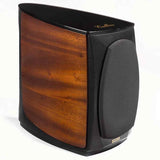
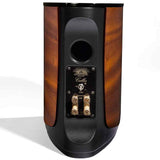
- Choosing a selection results in a full page refresh.
















Special Order
You may return most items within 60 days of delivery. Returns made within 30 days qualify for a full refund, while returns from 31 to 60 days are eligible for store credit or an exchange. If the return is due to our error (incorrect or defective item), we’ll cover the return shipping costs.
Refunds are typically processed within one week of receiving your return.
To start a return, log in to your account, go to Complete Orders, and click Return Item(s). We’ll notify you by email once your refund is processed.
For full details, please review our return policy!
With the new Callas Series, Opera wants to transfer the pleasure of listening to music inside the domestic walls by recreating a three-dimensional sound stage, focused and stable, with the correct timbre, dynamic, detail and absence of listening fatigue.
To achieve this, each element of the project has been subjected to careful listening tests.
The new Callas speakers use techniques and components that represent the state of the art in electroacoustic, starting from the cabinet, the speakers and the crossovers. The result is tonally correct, realistic, engaging, and above all enjoyable to listen to.
The new model Callas is an example of elegance and fits discreetly into any environment .
Callas 2014 is a compact two-way loudspeaker (14 litres) of medium-small size which can be placed on a shelf or a stand. Its main feature is the low-frequency response, extended and controlled, combined with a typical sensitivity of floorstanding speakers. The woofer is a 7-inches, "long-throw", with annealed polypropylene diaphragm combined with the Scanspeak 9700 tweeter). The woofer is reflex loaded with a rear duct.
Great care has been placed in the elimination of the internal reflections to ensure maximum transparency in the voice reproduction.
Callas 2014 is equipped with a switch that allows you to adjust the output of the vocal range (+2 dB between 300 and 3000 Hz). This increases greatly the flexibility of the diffuser that fits both to a greater number of environmental situations .
The new Callas produces a sound stage that expands in three dimensions with an excellent impulse response and power , dynamics and extension at low frequencies typical of systems of much higher dimensions. This speaker is also suitable for the "near field" listening (up to one meter to the listening point).
The Loudspeakers
The woofers are made by Seas on Opera specifications . It is a 7" woofer with re-cooked polypropylene cone and rubber rim with copper ring above and below the T-shaped pole piece and 12 mm pk-pk displacement. ( a Seas technology named Excel ). This component , although used with a cutoff at 2000 Hz is able to work perfectly up to 5000 Hz . This guarantees a perfect overlap between the woofer and tweeter two octaves before and beyond the cutoff frequency. With musical programs the Callas can easily produce more than 100 SPL in the listener position with very low distortion.
The diaphragm of the midrange is made with re-coked polypropylene (annealed) . The polypropylene has a good internal damping but a low stiffness. Subjecting it to a heat stress it acquires rigidity without losing too much internal damping. The annealing, however, is a delicate process.
The Scanspeak 9700 tweeter needs no introduction: it is one of the best tweeters ever made and, in some respects, is still unsurpassed. Currently, this tweeter is used on models Malibran, Caruso, Tebaldi, Callas Grand, 2014, Callas in 2014 and also on the new Opera Quinta 2014. Besides the quality of sound, this tweeter is also highly reliable.
The cabinet
The Callas is a small-medium sized speaker. The internal volume is 14 liters dedicated to the woofer. The cabinet is made from MDF and veneered curved plywood. The thickness ranges from 25 mm (sides) to 50 mm of the front panel. The front panel on the inner side, in correspondence with the holes of the woofer, is milled so that turbulence does not arise in the vicinity of the speaker membranes.
Internal sides are non parallel. One of the problems of the speakers are the resonances of the cabinet and the other is internal reflections. Regarding the rigidity this is guaranteed by the thickness and the weight of the walls. In order to reduce internal reflections behind the woofers there are two layers of absorbent material with pyramidal profile for a total thickness of 20 centimeters.
The absorbing material is an open cell polyurethane foam with pyramidal profile (with base 7 x 7 cm , 3 cm and 7 cm for the basic height of the pyramid ). This porous material, with its particular profile, provides an absorbing coefficient of 60% at 250 Hz and reaches almost 100% at 500 Hz. Strategically placing the right amount of this absorbent material inside the cabinet befall both reflections ( which would produce masking ) and the normal modes of the cavity which would produce annoying noise.
Probably you expect to see all the inner surfaces of the cabinet covered with absorbing material. Inside the Callas model the absorbing material operates according to the principle of the "acoustic trap", killing the reflections inside the cabinet and reproducing a mid range of very high quality.
The ratio between the moving mass of the woofer diaphragm and the mass of the cabinet is well above 1 to 1000. That means that only a negligible part of the energy due to the motion of the speakers is transferred to the cabinet by promoting the "horizontal definition" or, as is often said, an articulate bass.
The cross-over filter
The Callas Cross-over has a low-pass section of the second order for the woofer and a high-pass section of the second order for the tweeter. These sections are completely separated and it is possible to bi-amp the diffuser.
Opera recalls that once set the crossover frequency to f, the electrical phase changes over a decade before and a decade after the cut-off frequency. With a cross-over frequency at 2000 Hz this is a problem for the tweeter. This is why Opera chose only tweeter with a very wide frequency response and a wide linear displacement. And this is also why they use a second order high-pass section.
To build the cross-over Opera uses high quality components such as Mundorf capacitors, MOX resistors and OFC, autocementing, and inductors. The PCB is carefully drowned to avoid self induction between the windings that interfere with distortion and clarity.
Room Positioning
The sound quality produced by a pair of loudspeakers depends on a series of details: for example, orienting the speakers towards the listening point you can adjust the depth of the sound stage. You can choose, subjectively, to make the speakers "cross over" in front of the listener, on the head of the listener, or behind the listener's head.
The Callas model has a switch that regulates the level of the vocal frequency range so you can choose the switch position that seems subjectively better. The two speakers must be regulated in the same way.
What to expect in the box:
Product Details:
Thanks for subscribing!
This email has been registered!
placeholder